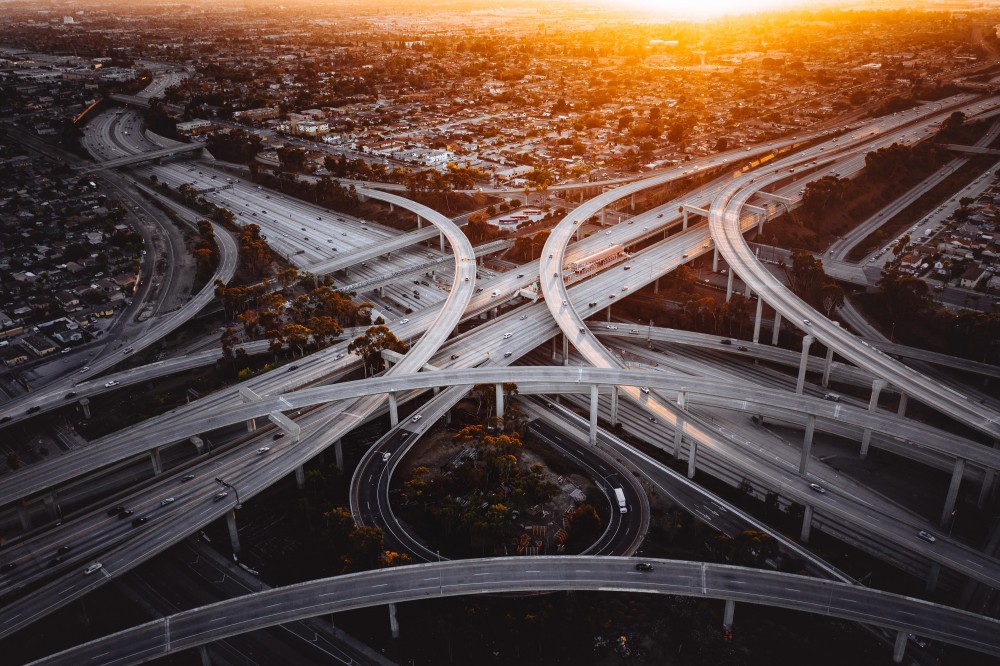From asphalt to urban mobility revolution

What seems utopian may be closer to becoming a reality than expected. Technology in the field of mobility has developed tremendously in recent decades, and Portugal is no exception.
In recent decades we have witnessed a dramatic paradigm shift in how we approach urban mobility. The concentration of the Portuguese population in large urban centers has put enormous pressure on public transport systems, which have adapted as much as possible, but apparently not enough.
If we consider mobility in terms of private vehicles, in the 1980s, 1990s and 2000s we witnessed a common approach, not only in this country, but throughout the developed world: the miracle of the multiplying lanes. A great deal of asphalt was used in building new roads or widening existing ones. However, as with the situation in the public transportation sector, it was not enough.
And it was not and is not enough, because the demographic pressure of large urban centers continues growing. So, after decades of infrastructure construction, we have finally reached the end of the “More is better” chapter. Not that construction should stop, on the contrary; it is essential in this new chapter: “More efficient is better.”
But how do you turn the result of years of rampant construction into something more efficient?
Cities such as Amsterdam, Copenhagen, and Oslo are examples of how to revolutionize the way we move around urban centers. Taking the focus away from private vehicles and looking at everything that generates benefits, we can conclude that we profit in time, city, and health.
We cannot expect this transformation to happen overnight or solve all the problems at once, but we know what we want for the future. We want to reach our destinations quickly, safely, and sustainably.
How to do it? By guaranteeing the schedules and availability of public transportation, recovering the public's confidence in its daily use. Putting an end to the pervasive chaos surrounding the modes of transportation and regulating them effectively. Ensuring that the people who really need private cars can continue to use them. Making sure that all of the above elements are actually coordinated.
This utopia may be closer to becoming a reality than expected. Technology in the field of mobility has developed tremendously in recent decades, and Portugal has not been left out of this trend.
Today it is possible for a car to "talk" to a bus or for a bus to "talk" to a traffic light. You can tell when someone is going to run a red light or stop sign and alert every vehicle around them. It is possible for a car to spot a bicycle or pedestrian to avoid hitting them. But above all, it is possible for the various mobility stakeholders to talk to each other.
This is largely due to the adoption of V2X (Vehicle-to-Everything) communication technologies. V2X communication is a technology that allows vehicles to communicate with each other and with infrastructure, such as traffic lights and other road users, using wireless signals. This technology can revolutionize urban mobility in a number of ways.
First, it can significantly improve road safety. With this technology, vehicles can exchange information about their position, speed, and direction of travel with other vehicles and infrastructure.
This means that cars can be alerted to potential hazards, such as a car braking suddenly or a pedestrian crossing the road, before the driver even sees them. This will prevent accidents, save lives, drastically reduce the impact of accidents on the resulting traffic jams, and the financial impact for those involved.
Secondly, it can also help reduce road congestion. Vehicles can communicate with traffic lights and other infrastructure, such as parking lots or electric vehicle charging points, to optimize their route and speed based on real-time traffic information. This will undoubtedly help reduce traffic jams and shorten travel times for users.
Third, V2X communication can also benefit the environment by reducing emissions. By optimizing traffic flow and reducing congestion, V2X technology helps reduce the time cars spend idling in traffic. This in turn translates into reduced emissions and improved air quality in urban areas.
Finally, integrating with multiple modes of transportation, all coordinated through a single centralizing platform. This will enable the level of coordination between stakeholders to be done in real time and not only reactively, but also predictively.
There is no doubt that V2X communication has the potential to revolutionize urban mobility by improving safety, reducing congestion,and benefiting the environment. Although there are challenges to solve, the advantages of this technology make it a promising solution to the transportation problems facing many cities today.
Author: Bruno Gonçalves, Director de Desarrollo de Negocio de ITS de GMV en Portugal
*This article was first published in the online edition of Jornal Econômico on May 23, 2023.